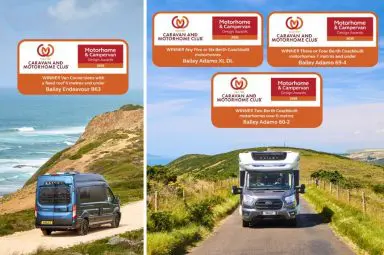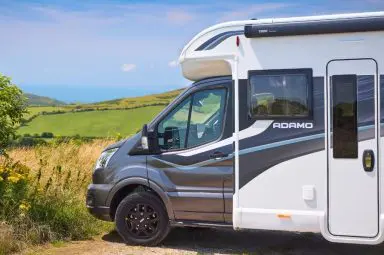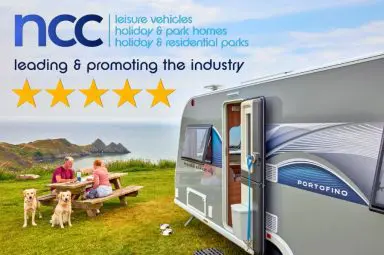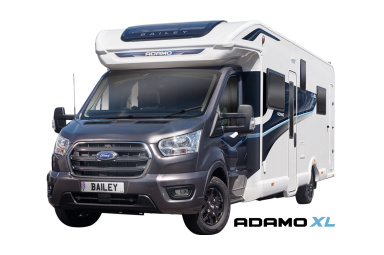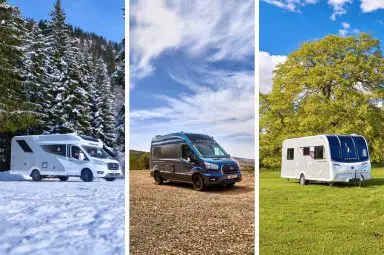Safari… in Spain?
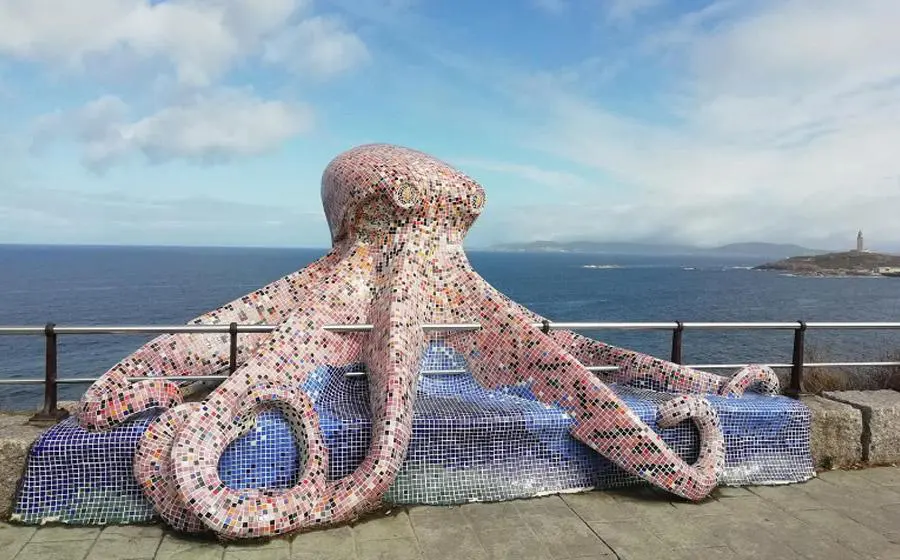
With the sun shining and a warm temperature of 28°c, we decided it was a perfect excuse to relax, clean the Autograph 79-4 and catch up on some laundry. A good reason to tour with your motorhome or caravan outside the main holiday season is that many campsites reduce prices considerably. You can also use one of the many off-season discount cards that can be purchased – such as ACSI. Even mentioning the Caravan & Motorhome Club can earn you a nice discount.
From our campsite, we could walk to Roses old town via the flat, spotless promenade and enjoy the golden sand and calm sea. After a few coffee stops at the numerous cafes that line the route, the 10-minute stroll became an hour.
Roses used to be a Greek colony and, as a result, offers over 13 centuries of architectural history. Ranked as one of the most beautiful bays in the world, Roses is a great spot for snorkelling. With hidden coves and natural parks, it is a must see for anyone visiting the Costa Brava. Cap de Creus is one of the most beautiful spots in Catalonia and a treasure to the Province of Girona.
The rugged beauty of the rocks and cliffs meets the calm of the Mediterranean Sea, providing visitors with a paradise of green and blue. Roses is a good base to visit the Pyrenees if you enjoy hiking or cycling and the town of Figueres (with the world-famous Dali museum) is close by and can be reached easily via various transport methods.
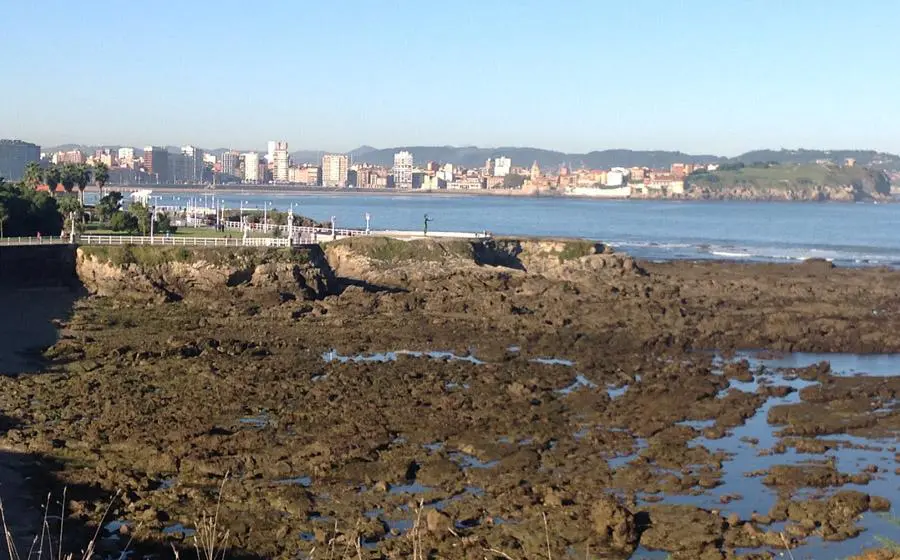
Only 72km from Girona, Roses offers both cultural and shopping experiences making it a popular spot amongst locals as well as tourists.
While on this 3 day break, our chores were interrupted (no resistance from us) by two fellow motorhome Brit couples, Frances and Allan from Scotland and Dawn and Chris from Bath. The afternoon beers flowed into the early evening so the next day turned out to be more rest and relaxation.
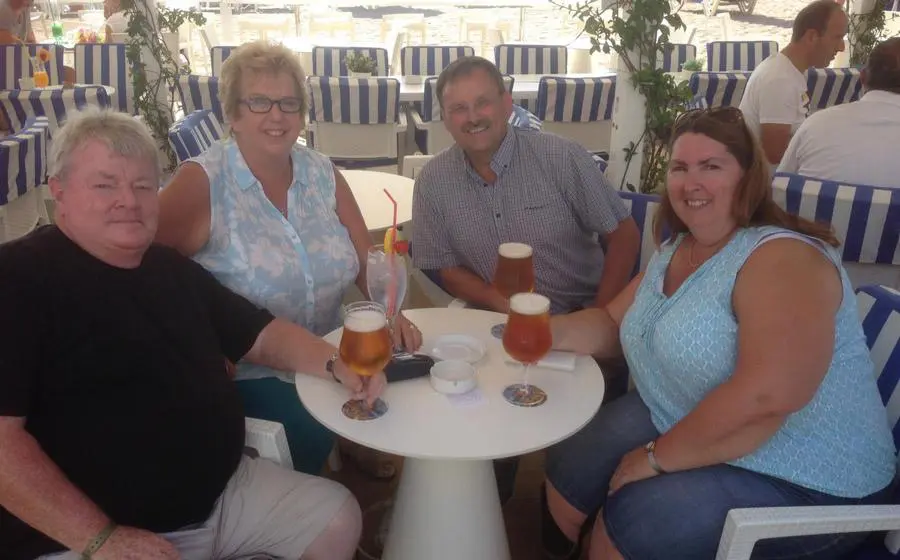
After a lovely break, we travelled about an hour down the coast to Lloret de Mar – a former fishing village that offers blue flag beaches. If you follow the coastal path, you can explore the many unfrequented coves. While in Lloret, we caught up with some fellow Bailey owners (Unicorn S4) Chris & Pete Smith from Burton-upon-Trent who were enjoying a short break. As Pete hails from the brewing capital of the UK, it was only right that we compared the local beer that Spain could offer! I think Spain wins on price alone.
As we are on a two-year tour, every opportunity to catch up with family is welcome and a short journey from Lloret through Blanes found us in Malgrat de Mar where Hazel’s parents were holidaying. We booked a pitch (about 500 meters from their hotel and the beach) and spent a lovely few days catching up on the gossip from home.
One thing, which we enjoy about seeing friends from home, is collecting a few supplies such as tea bags. We even asked Hazel’s parents to bring over a grooming razor for the two Yorkies – something we didn’t think to pack! As the dogs needed to look good while trotting down the endless promenades, we thought a good trim was necessary.
So, after a couple of weeks having a ‘mini holiday’ within our adventure, it was time to say a tearful goodbye to Hazel’s parents and the Costa Brava and head inland towards “Green Spain”. This Northern Region is given the name because of its lush natural landscape that stretches along the Atlantic coast from the border with Portugal to the border with France.
Our route took us North West of Barcelona on the N25 towards the ancient city of Lleida where you can see the La Seu Vella – a Gothic Romanesque cathedral that towers over the city.
After an overnight stop, we found ourselves at an Aire in Zaragoza. Using the Camperstop Europe (2018 Edition) gives us plenty of choices for over-night stops. Using such books has often proved to be economical on the purse and sometimes even free (with electric). After a good night’s sleep and a refreshing shower (all off-grid in the Autograph 79-4), we headed to our next planned campsite in Navarrete.
Navarrete is settled in the heart of the La Rioja community and famous not only for its wine but also pottery. With over 16,000 vineyards in the region (commonly referred to as ‘bodegas’) we enjoyed the opportunity to try a variety of locally sourced wine. As harvesting begins in September through to October, we could see the back-breaking work and long hours that go into getting this wine from the 152,328 acres of ‘bodegas’ to your table.
It was a good job both us and Eileen (the name we have given to our Autograph 79-4) were well rested as the mountainous road from Santa Maria Ribarredonia on the N232 to Corconte were exceptionally challenging for both myself as the driver and the motorhome. In true teamwork spirit, we both managed to rise to the challenge, even at an elevation of 1,808ft.
The journey from Navarrete to Cabarceno, about 10 miles from the ferry port of Santander, took 5 hours. Here, we found a free Aire right in the middle of a village that was home to an elephant reserve! We couldn’t believe our luck!
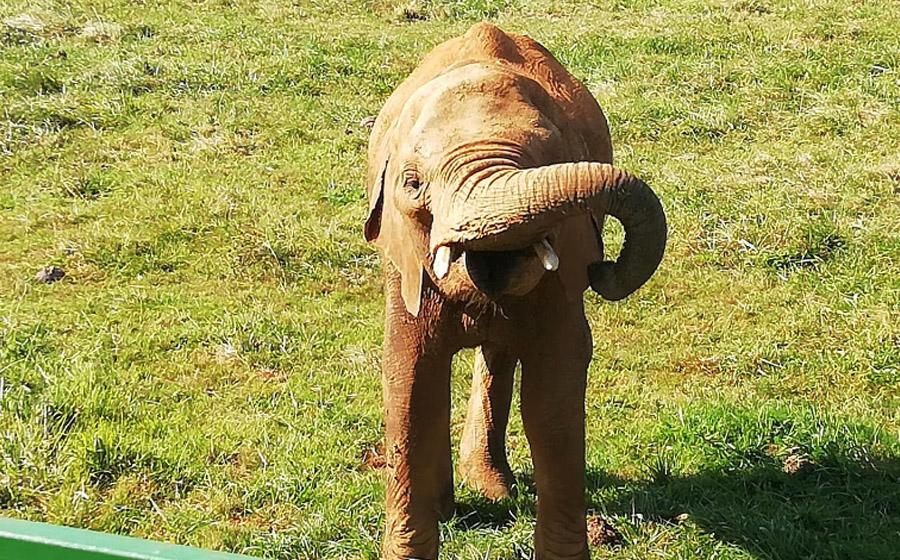
Cabárceno Wildlife Park is man made from an old open mine and has more than 100 Species of animals. While the main attraction is the African elephant herd, you can also take in the zebras, white rhinoceros, and Buffalo. 20km of road within the park is landscaped so you are able to drive around looking at the wildlife in your motorhome. Spending time gazing at the animals in this setting is incredible. The animals are housed in very large areas that give you the feeling of being in their natural surroundings of the wild.
You can also leave the comfort of your vehicle to picnic or shop. There are restaurants and play areas for children where you can view the animals from a safe area. A must is the cable car ride, which gives you panoramic views of the surrounding mountain landscape and unrivalled access to the animals below your feet. We spent 3 nights on our mini-safari and left with a renewed fondness of mother nature. The motorhome has truly given us opportunities and freedom that we’d never have unless we went on several organised holidays – all at a greater cost too!
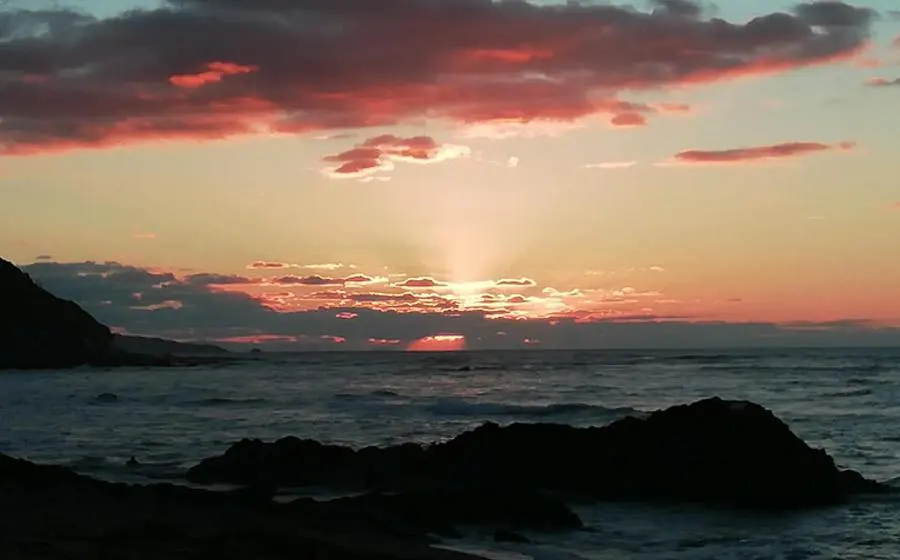
Next
News & Events
